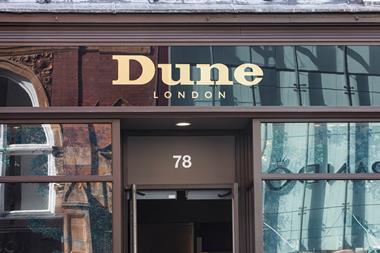The differences in recent performance of Fat Face and White Stuff are text book case study stuff.
The differences in recent performance of Fat Face and White Stuff are text book case study stuff. The analysis in Retail Week Knowledge Bank’s latest profile updates sheds light on their varying fortunes in the ever fickle fashion sector, particularly its ‘youth’ segment. Perhaps a key factor is that neither is in the first flush of youth as a business, nor even in terms of its target market, each trying to move on.
Fat Face, started in 1993, now has 180 stores, though sales growth has slowed markedly since Bridgepoint Capital took control three years ago. Operating profit has nearly disappeared, while new stores kept opening until recently so sales densities have fallen. White Stuff started earlier, in 1985, with rapid growth from equally modest levels at the start of the 2000s sustained throughout, profit growth accelerating into double-digit margins plus far higher densities from a store network less than half the size. Indeed, its ambitions are for a smaller network than Fat Face has already achieved. Both, though, plan much more online. Perhaps fortuitously, White Stuff eluded the possible sale of a major stake in 2008.
These are the basic facts, but in fashion there is more to it. Fat Face has lost face and quirkiness. It has seemed to be on permanent Sale. New management under Anthony Thompson heralds radical change focused on product. Meanwhile, White Stuff’s offer remains fresher, more innovative and, yes, quirky - but still obviously White Stuff. Equally, it might yet find itself exposed for this very reason, though it certainly hasn’t been yet. Which of SuperGroup, Jack Wills or Abercrombie & Fitch could go the same way as Fat Face because, for sure, one or more will? Personally, I like the Apple Crumble & Fish T-shirts spotted recently. Accolade or accusation? Think about it, while enjoying a happy Christmas.
For comprehensive analysis of every top 200 retailer in the UK, visit rwkb.retail-week.com.


























No comments yet